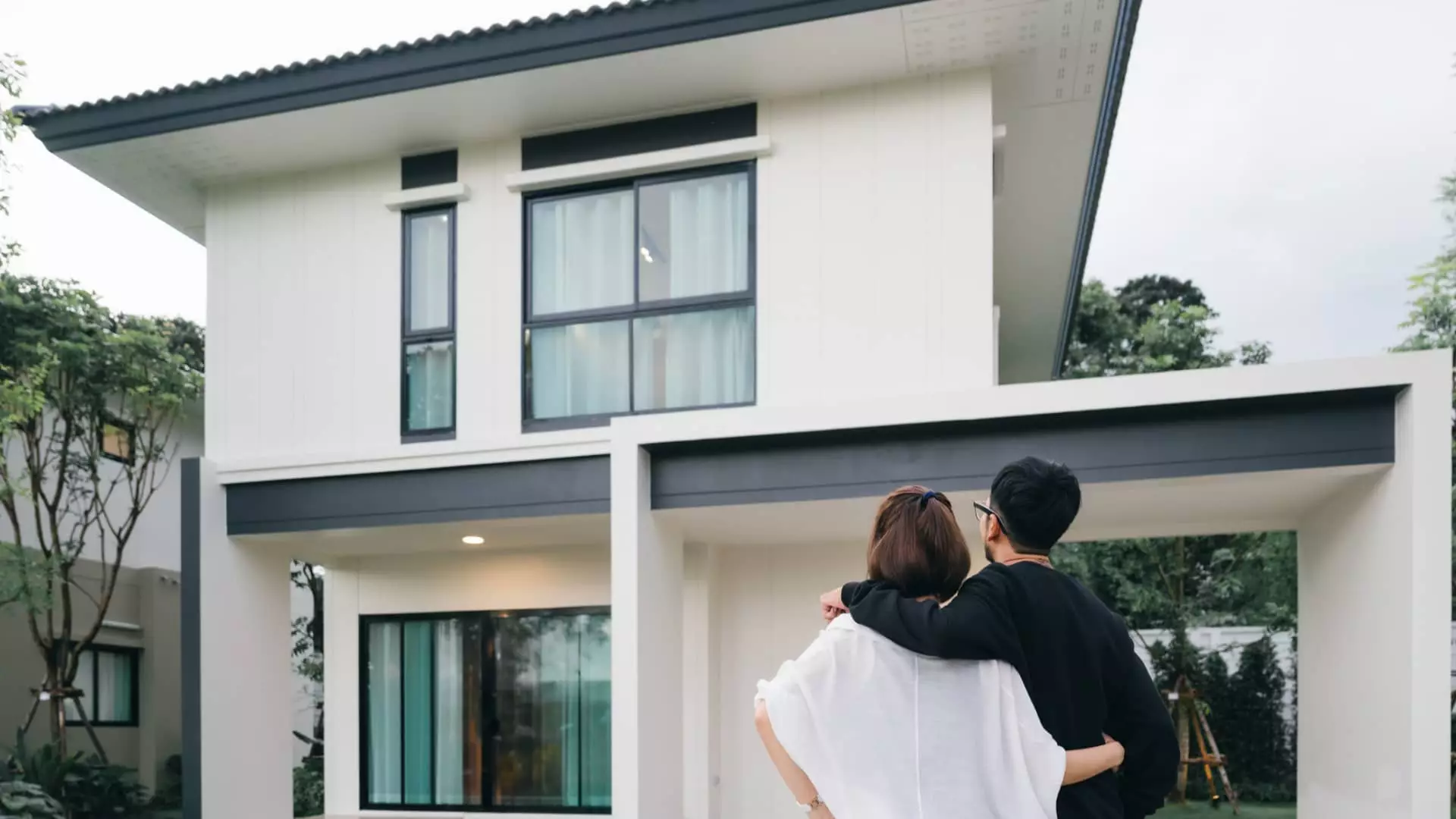The journey to homeownership in the United States is a multifaceted process that hinges greatly on geographical, economic, and personal factors. One of the most significant hurdles prospective buyers face is accumulating enough savings for a down payment, often estimated at around 20% of a home’s purchase price. The length of time needed to save this amount varies dramatically across cities, influenced by local housing market conditions and income levels.
A recent analysis conducted by RealtyHop sheds light on how long it takes typical buyers to save for a 20% down payment across different cities in the U.S. For instance, in high-cost cities like New York City, a potential homeowner may require almost 11 years—specifically, 10.85 years—of saving diligently to accumulate approximately $173,000. This figure reflects 20% of the city’s median home price of about $865,000, positioning New York as one of the most formidable markets for prospective homeowners.
Conversely, the story changes entirely in cities where home prices are significantly lower. For example, in Detroit, buyers earning a median income of around $39,575 can manage to scrape together a down payment in just over two and a half years. That timeframe is further compressed when examining cities like Cleveland and Pittsburgh, which also offer lower barriers to homeownership. This stark contrast underlines the significance of location in the traditional home-buying narrative.
An interesting dimension to this discussion is how the characteristics of a household influence the time it takes to save for a down payment. A report from Canadian real estate brokerage Zoocasa noted a substantial disparity in saving timelines between families with and without children. For families, particularly in economically challenged areas, the burden of child care and family expenses extends the timeline to save for a down payment significantly, sometimes dramatically.
In Detroit, for example, families with children may find themselves facing a daunting savings timeline of around 20.3 years compared to the relatively brisk 4.2 years for those without children. This discouraging difference highlights the harsh realities of parenthood coupled with economic limitations, showcasing a crucial barrier that many potential homebuyers must navigate.
The Rising Costs of Real Estate
As home prices continue to soar in many urban areas, the challenge of saving for a down payment only intensifies. Areas like Los Angeles represent the pinnacle of these difficulties, where a prospective buyer would need to amass around $1.339 million for a 20% down payment, translating to a savings period of nearly 14 years. Such staggering amounts put homeownership out of reach for many, particularly among younger generations struggling with student debt and fluctuating job markets.
The disparity in home prices across cities highlights a broader economic issue: the increasing unaffordability of urban living. This problem is exacerbated by the amenities and opportunities that cities like Los Angeles, New York, and Miami offer, which push many to consider suboptimal financial choices in the quest for a stable home.
Interestingly, while the conventional 20% down payment is often portrayed as the gold standard, it is far from a necessity in today’s mortgage landscape. Data from Realtor.com indicates that the average down payment currently stands at approximately 14.5%, showcasing a decline that appeals to many prospective homebuyers. Various programs, such as those offered by the Veterans Affairs (VA) and the Department of Agriculture (USDA), provide pathways to homeownership with little to no upfront cash.
For many, these alternative options can make a significant difference in their ability to purchase a home. However, homebuyers should be aware that lower down payments often lead to higher monthly mortgage payments and potential additional costs, such as private mortgage insurance (PMI), which can add significant extra burdens.
Setting Sustainable Goals and Preparing for the Journey
Ultimately, the journey to owning a home is highly personal and contingent on a multitude of factors, including income, location, and personal financial circumstances. Experts recommend that potential buyers create a sustainable household budget to assess their spending and saving capabilities.
Establishing realistic savings goals and timelines is essential. While navigating this intricate landscape, potential buyers are encouraged to engage with financial advisors and real estate professionals to gain insight into local markets and additional costs associated with home buying. Understanding closing costs—typically ranging from 2% to 6% of the property value—should also inform a buyer’s readiness for homeownership.
While the dream of homeownership can feel distant—particularly in high-cost markets—it’s vital for prospective buyers to remain informed and adaptable. Whether one waits a decade or seizes the opportunity sooner, a solid plan can make this complex scenario manageable. Adding patience and due diligence to financial planning may indeed allow many to unlock the door to their future home.

